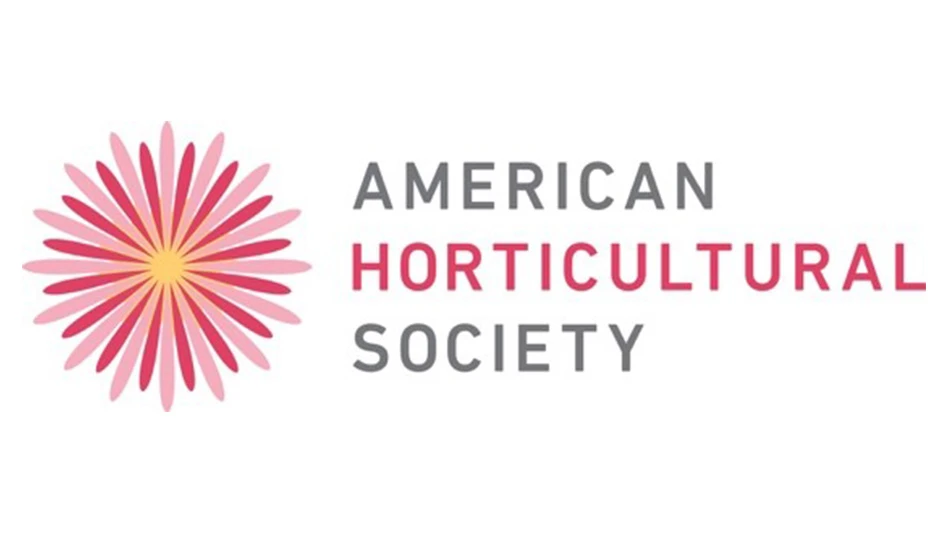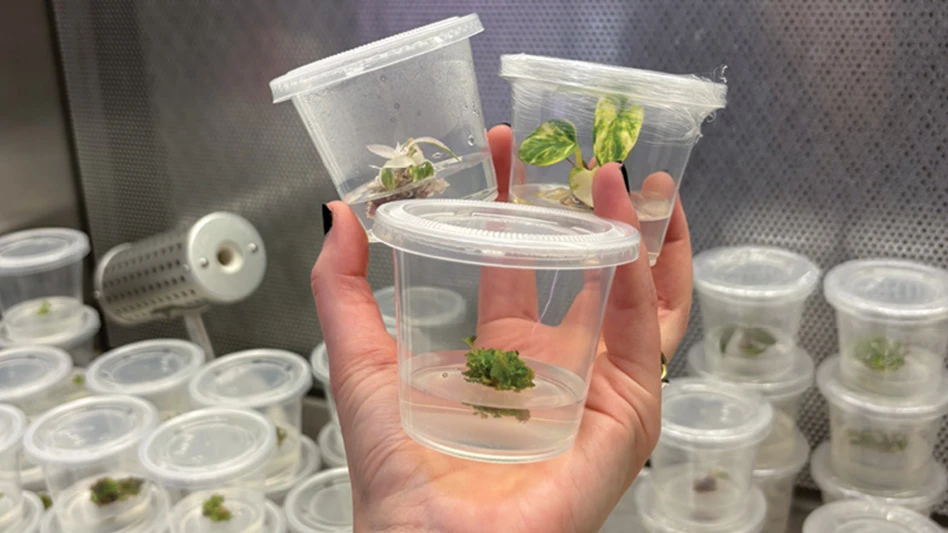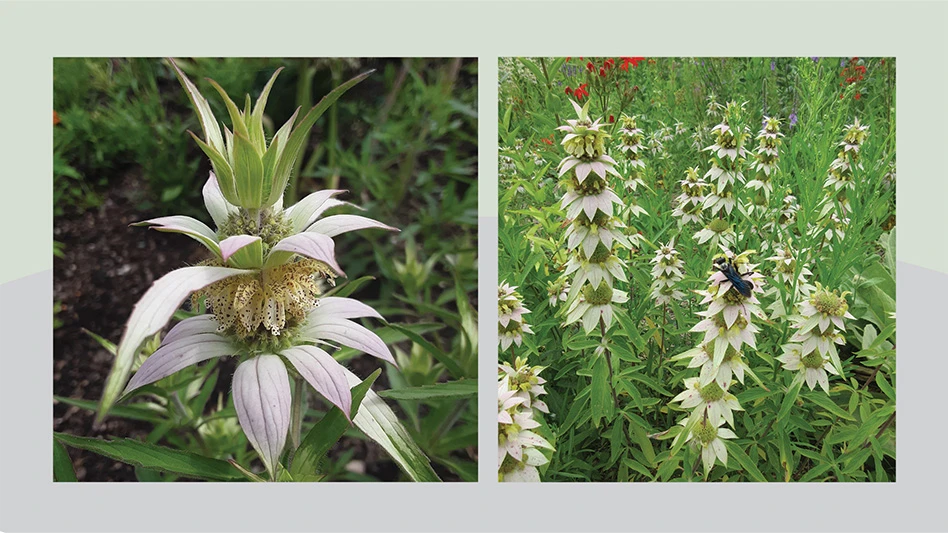
Miticides are commonly used to suppress populations of the twospotted spider mite, Tetranychus urticae, feeding on greenhouse-grown horticultural crops (Fig. 1). However, continuous use of miticides can result in twospotted spider mite populations developing resistance. The release of predatory mites (Fig. 2) has been used successfully to regulate populations of the twospotted spider mite, and may inadvertently alleviate problems associated with resistance due to a reduction in miticide applications. Effective suppression of twospotted spider mite populations may not be obtained by a single plant protection strategy. As such, integrating miticides with predatory mites may lead to maintaining twospotted spider mite populations below damaging levels. But, how do miticides affect predatory mites?
Any differences in predatory mite susceptibility to miticides registered for use in greenhouse production systems may be associated with the physiological characteristics and/or the foraging behavior of the predatory mite species. The responses of predatory mites to miticides can be influenced by a number of factors including:
- Certain predatory mite strains may possess various degrees of susceptibility to miticides.
- Rearing and shipping conditions may pre-dispose predatory mites to miticides (due to stress), thus increasing susceptibility to miticides.
- Components of the miticide formulation, such as the active and inert ingredients, may negatively affect predatory mites.
- Residual activity of miticides
- Life stages that miticides are most active on
- Rates or concentrations of a miticide used
For instance, hexythiazox (Hexygon) and abamectin (Avid) were found to not be directly harmful to the predatory mite, Phytoseiulus persimilis (Fig. 3); however, this was contingent on the concentration (rate) the predatory mite was exposed to. The length of exposure to miticide residues may also impact any direct effects on predatory mites. For instance, a study reported that hexythiazox was not directly harmful to the predatory mites, P. persimilis and Neoseiulus californicus (Fig. 4) after 24 hours of exposure, but was directly toxic to both predatory mites after 72 hours of exposure under laboratory conditions.

Predatory mite susceptibility to miticides will also vary depending on the species. Our research at Kansas State University (Manhattan, Kansas) demonstrated that the high and low label rates of spiromesifen (Savate; formerly Judo) and chlorfenapyr (Pylon), and the high label rate of bifenazate (Floramite) were not directly harmful to adults of N. californicus with >85% survival after exposure to spiromesifen and chlorfenapyr; and >90% survival after exposure to bifenazate. However, these same miticides were directly harmful or were acutely toxic to adults of the predatory mite, P. persimilis with =63% survival. A study similar to ours indicated that exposure to bifenazate was more harmful to the nymphs and adults of P. persimilis than the nymphs and adults of N. californicus. Both chlorfenapry and abamectin were shown to be directly harmful to adult females of the predatory mite, Neoseiulus (formerly Amblyseius) cucumeris. In addition to predatory mite species, the susceptibility of certain life stages (egg, larva, nymph, or adult) when exposed to miticides may result in variations in direct harmful effects. It is important to understand the life stages (eggs, larvae, nymphs and adults) that miticides are most active on, which could influence any direct effects associated with predatory mites, based on the specific life stages that are exposed to miticide applications.

Although miticides may not directly harm predatory mites there may be indirect or sub-lethal effects including: reduced reproduction, disruption in foraging behavior and prey consumption, alteration in population growth, and diminished longevity. For example, acequinocyl (Shuttle) and bifenazate do not affect the survival and reproduction of adult females of the predatory mite, N. cucumeris. Etoxazole (TetraSan) and bifenazate did not negatively affect the lifespan of P. persimilis and N. californicus adult females; however, female adults do not reproduce after exposure to etoxazole. Etoxazole is a miticide with activity on eggs, larvae, and nymphs, so etoxazole does not affect survival and reproduction of P. persimilis adult females. However, exposure to the miticide can result in mortality to eggs and larvae. For instance, a study found that etoxazole caused 100% mortality of eggs laid by N. cucumeris females.
It is also important to understand that the effects of miticides on predatory mites under laboratory conditions may differ from greenhouse conditions due to pesticide-pest-plant-predatory mite interactions. For example, twospotted spider mites and predatory mites can reduce exposure to miticides by hiding in areas not reached by spray applications or avoiding contact with residues on leaf surfaces. In addition, insufficient coverage of plant parts, especially leaf undersides, after applying a miticide can influence predatory mite survival and presence of prey (e.g. twospotted spider mites); whereas, thorough coverage of all plant parts may reduce predatory mite survival and also availability of prey (as a food source) due to high mortality following an application. Furthermore, exposure to sunlight (ultra-violet radiation), under greenhouse conditions, may result in rapid degradation of spray residues, which will lead to less exposure following miticide applications. Therefore, be sure to exercise prudence when translating results from laboratory studies into predictions associated with greenhouse production systems.

A reduction in prey availability may increase spatial distribution or dispersal among a crop, or the predatory mites may resort to cannibalism, which will consequently reduce the number of predatory mites available to regulate twospotted spider mite populations. Laboratory experiments are an initial screening process to assess whether miticides are not directly harmful. Miticides that are not directly harmful under laboratory conditions are likely not harmful under greenhouse conditions.
In conclusion, greenhouse producers that want to integrate miticides with predatory mites should contact a university-based entomologist to determine those miticides that will not directly or indirectly harm predatory mites.

Explore the July 2018 Issue
Check out more from this issue and find your next story to read.
Latest from Greenhouse Management
- Prospiant appoints Burk Metzger as new president
- Iowa plant supplier Plantpeddler building retail complex
- American Floral Endowment establishes Herman Meinders Memorial Tribute
- These companies are utilizing plastic alternatives to reduce horticultural waste
- Terra Nova releases new echinacea variety, 'Fringe Festival'
- AmericanHort expands greenhouse training with new Section Grower Certification
- Sakata Seed America celebrates renovation of Cal Poly greenhouse complex
- American Horticultural Society names winners of 2025 AHS Book Awards





